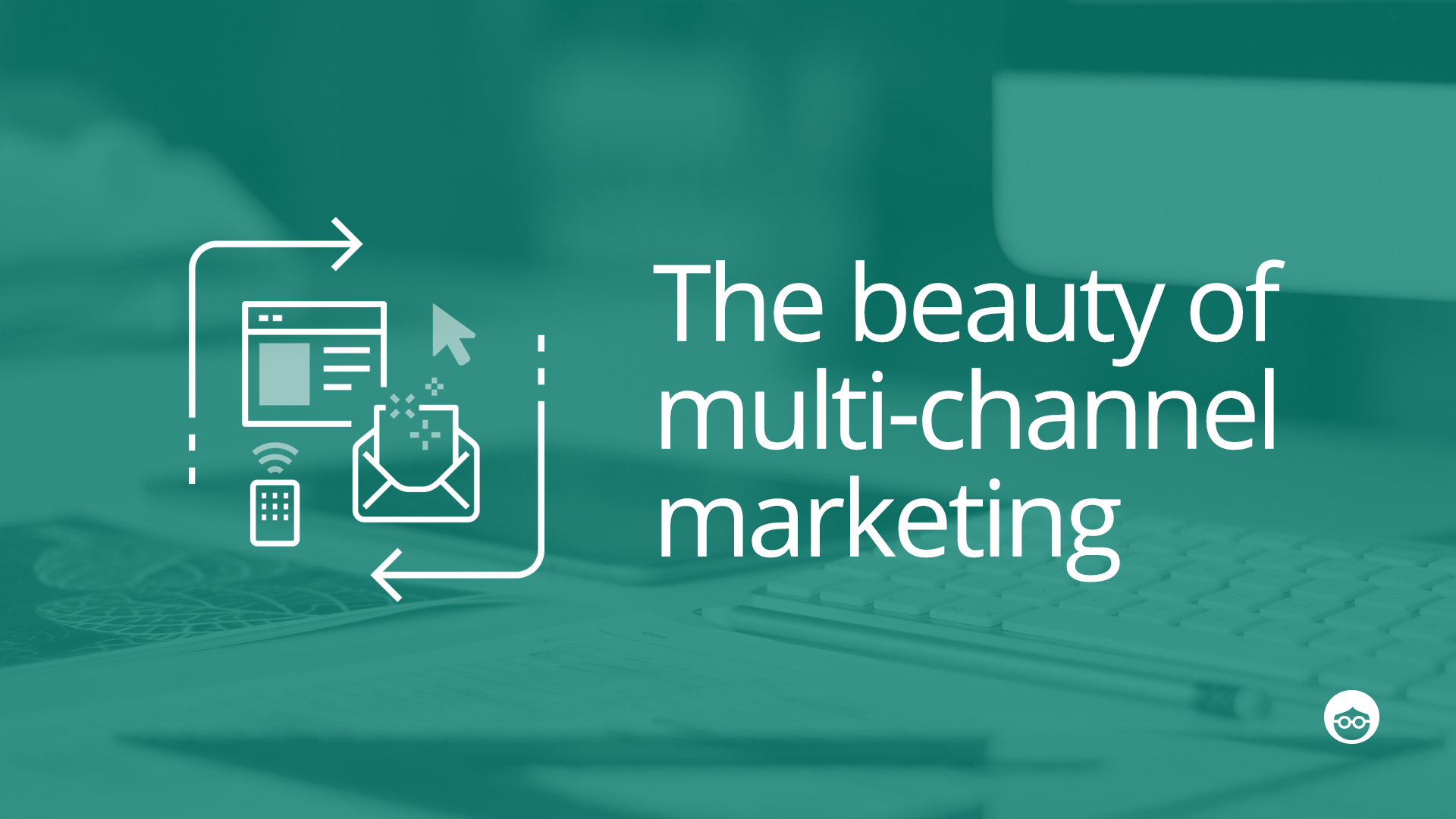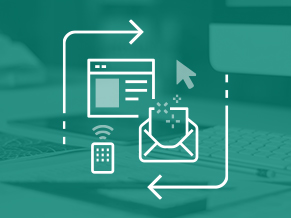The Holy Grail Of Creating a Multi-Channel Content Marketing Strategy

How many social media platforms are you active on? Or more broadly, how many Internet-enabled devices do you use regularly? It’s almost completely likely that you use more than one. In 2013, Google reported that 90% of people use multiple devices each day. And that’s not all; forecasts indicate an average of 6.58 Internet-connected devices per person by 2020.
If a marketer wanted to get your maximum attention, that means he’d have to target all your devices and social media platforms with the relevant information. In fact, it is very likely that you’re one of the 72% of consumers who would rather interact with brands via multiple channels.
What is multi-channel marketing?
Multi-channel marketing involves marketing across different platforms in order to have a wider reach of (prospective) customers. Instead of relying on one medium to communicate with the public, multi-channel marketing means you are spreading out your efforts to interact with more people. In essence, multi-channel marketing is being everywhere at once.
Multi-channel marketing increases awareness of your brand. Research states that most people require five to seven impressions to remember a brand. Therefore, utilizing multiple platforms would make your brand more popular. This would subsequently increase conversion.
As far back as 2014, a SAP survey carried out to determine the effectiveness of a multi-channel marketing strategy across a number of companies stated the following as their findings:
- Increased sales (74%)
- Increased consumer loyalty/acquisition (64%)
- Competitive advantage (62%)
- Better consumer experience (57%)
A multi-channel marketing success story that’s as good as a hot cup of coffee:
Apparently, the primary aim of any marketing strategy or campaign is to drive sales. Marketing departments are always on the lookout for new methods that can help the company to close more. It seems a popular coffee retailer, Starbucks, hit the jackpot.
Starbucks introduced its rewards app to give loyal customers free rewards in a smart card, which they can then use to buy coffee at the store. But they’ve been able to do even more with that. For instance, if you can’t bear the lines at the store, you can pre-order coffee wherever you are. Users can also identify outlets close to them and view menu additions among other things.
And you can do all those on your phone, on the app, or on your PC through Starbucks’ website. Your information remains the same across the board. Already, by providing such a seamless experience for buying coffee, Starbucks recorded up to 30% of sales through the app, whose adoption has now exceeded 20 million customers.
Multi-channel or Omni-channel?
It’s important to make clear the difference between multichannel and omnichannel marketing. Both terms are thrown around these days and it’s so easy to confuse them. Omni-channel marketing is an approach to multi-channel marketing, not something different entirely. ClickZ makes the distinction as follows:
Multichannel marketing: When a brand reaches out on several channels with the same message in hopes of reaching as many customers as possible.
Omnichannel marketing: When a brand sends messages to a customer across channels that interact with each other and with the customer, responding to customer needs throughout.
Omni-channel marketing challenges everything that is wrong with traditional multi-channel marketing such as a focus on channels rather than customers, lack of cross-platform integration, etc. The result is a new approach that is still multi-channel, but gives better results.

Source: Emarsys
Implementing your multi-channel strategy
Starting a multi-channel marketing strategy is usually challenging for small B2B and B2C and also larger companies. Since you are trying to establish a consistent presence across various platforms, you would need to invest more resources and plan more carefully. Creating a multi-channel marketing strategy is not as simple as just uploading content on any available platform; it has to be systematic.
Therefore, note the following points about what makes a good multi-channel content marketing strategy:
- It sets specific goals: This is the obvious first step. You need to know what exactly you are working towards. Do you want more revenue from sales, sign-ups, or website traffic? How would you measure and attribute success? Only by determining these will you be able to properly plan how to achieve it.
- It’s Customer-Centred: The aim of a multi-channel strategy is to reach customers wherever they are. You might as well personalize the experience to foster better interaction. Creating buyer personas can help you understand your ideal customers and how to target them.
Netflix did not increase its subscriber base from 21.5 million in 2011 to 148.86 million in 2019 by accidental luck. Personalization has been instrumental to its massive success. It is often said that no two Netflix homepages are the same. Netflix owes that to its powerful algorithms that monitor what users watch and gives recommendations based on that.
- It’s Consistent: Do not just splash content across different platforms. Ensure the message, design and presentation are consistent everywhere. This approach helped Starbucks execute their plan successfully, as described above. By creating an experience that was the same on the app, website and offline, they were able to get more active customers and close more sales. In fact, going by a study conducted by the New Jersey Institute of Technology, 90% of customers prioritize seamless cross-platform integration of brand marketing.
- It collects Useful Data: In establishing your strategy, monitor the journey of each user right to the point of becoming a customer. This will help you know which methods work and which don’t and why. You can take a cue from Birchbox, a beauty e-commerce company. After opening a retail store in New York, they released a companion app for customers. While shopping, the Birchbox app sends notifications of special deals to customers’ devices. But apart from that, the app also monitors and collects data on customers’ purchasing habits, visits, etc. This data can then be used to send more personalized information later on.
- It uses Automation: One of the main challenges businesses face with multi-channel marketing is its complexity and the fact that the team needs to devote more time and resources. You can work your way around this by automating simple tasks such as posting times. Examples of automation apps are Buffer, Hootsuite, Zapier, etc.
For instance, Groove is a SaaS company that sends customer onboarding emails to new users to familiarise them with their product. The aim is to get them to subscribe. Where it gets interesting is that if the system notices a particular user struggling with a task, it automatically sends an email to them, offering help. Results? 10% higher response rate, plus 30% of customers retained.
Takeaways
- To increase your brand awareness, you have to invest your resources in a multi-channel content marketing strategy.
- The beauty of multi-channel marketing is seamless integration across platforms.
- The best time to create a multi-channel marketing strategy was before you read this article; the next best time to do so is right away.












